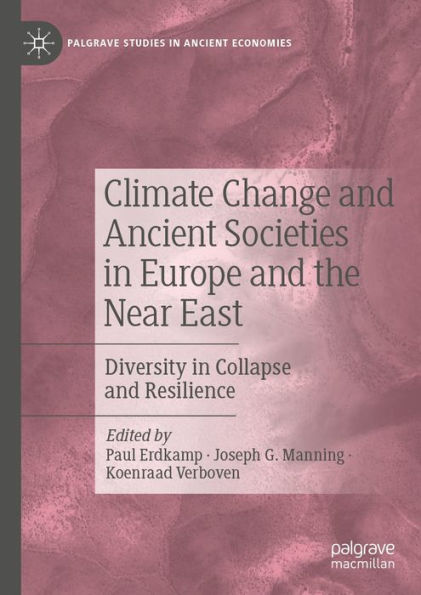5
1

Climate Change and Ancient Societies in Europe and the Near East: Diversity in Collapse and Resilience

Climate Change and Ancient Societies in Europe and the Near East: Diversity in Collapse and Resilience
eBook (1st ed. 2021)
$119.49
$159.00
Save 25%
Current price is $119.49, Original price is $159. You Save 25%.
Related collections and offers
119.49
In Stock

Product Details
| ISBN-13: | 9783030811037 |
|---|---|
| Publisher: | Palgrave Macmillan |
| Publication date: | 11/05/2021 |
| Series: | Palgrave Studies in Ancient Economies |
| Sold by: | Barnes & Noble |
| Format: | eBook |
| File size: | 64 MB |
| Note: | This product may take a few minutes to download. |
About the Author
From the B&N Reads Blog
